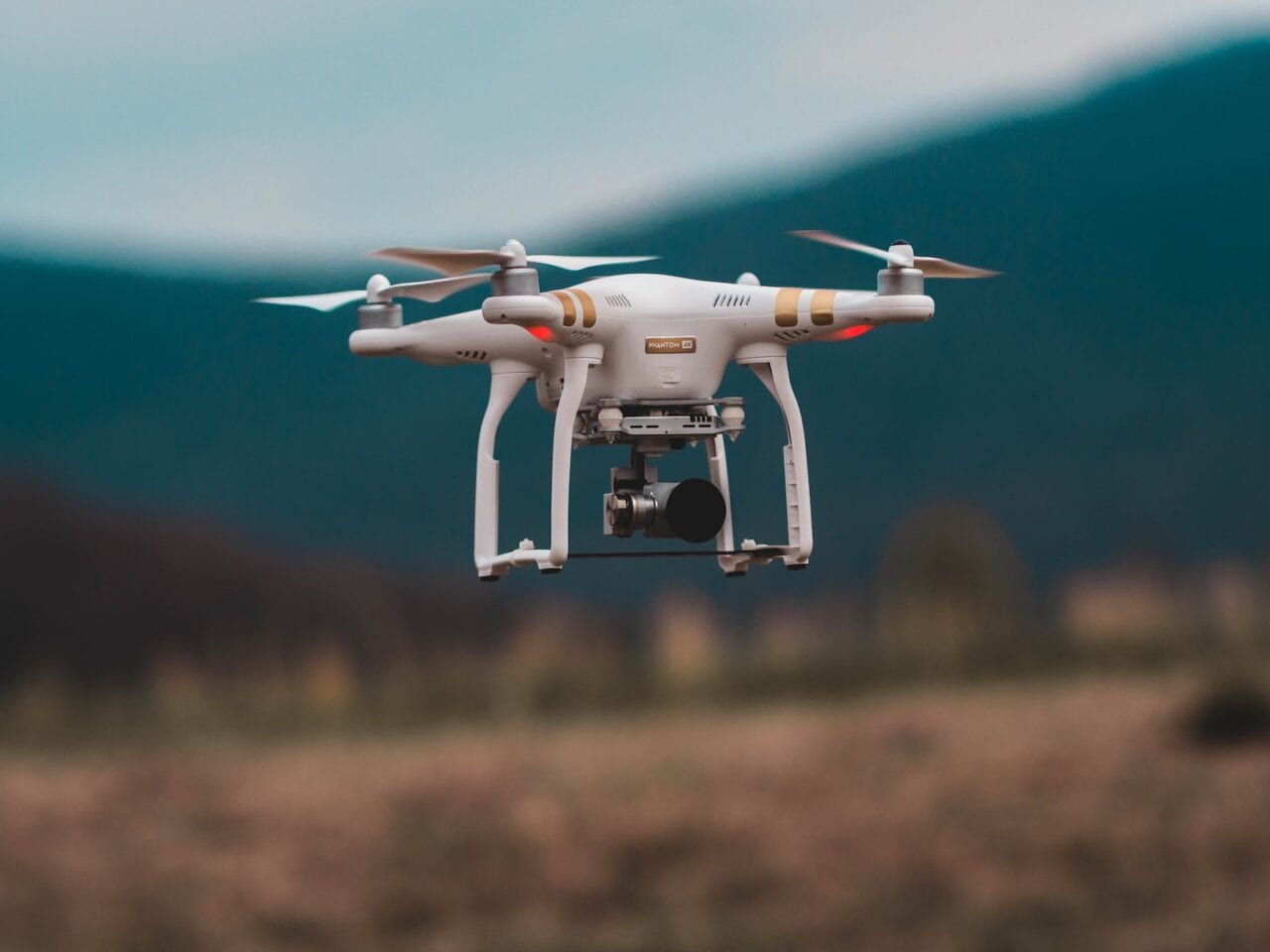
FAA Administrator Steve Dickson provided updated comments on the agency’s Remote ID rule during a virtual presentation on Oct. 28.
The Federal Aviation Administration (FAA) might be able to initiate remote identification (ID) service for unmanned aircraft systems (UAS) in December, Steve Dickson, FAA administrator, said Wednesday during the virtual UAS Summit & Expo. The remote ID system, a foundational component of integrating UAS into the national airspace, will allow identification of UAS in the airspace in real-time via a centralized system.
Under the remote ID system described in the agency’s proposed remote ID rule, released in late 2019, commercial drone operators will be required to transmit via broadcast and network their location, their drone’s location, velocity and identifying data to a centralized system, which a variety of remote ID unmanned aircraft system service providers share and retrieve information from in near-real-time.
Dickson said the rule is currently under review from the Office of Management and Budget (OMB), which is the last stage before it can be released. He acknowledged that a release date can be somewhat unpredictable, but the FAA sees the remote ID ruling being released sooner rather than later.
“We are working diligently to do everything we can, working with the OMB staff to answer any questions and make sure that we continue to move forward,” Dickerson said. “I would say that some have talked about whether it can get out in December or not, that’s not unreasonable, but obviously these things aren’t completely predictable. We’ll see where we end up but that’s certainly our hope is that it’s going to be out in the very near future.”
Enabling remote ID would be integral to allowing UAS in the national airspace because of its ability to connect a drone to its operator in real-time, which will be important from a security perspective.
“This really is the cornerstone being able to tie the operator and the control location to the flying machine,” Dickson said. “That’s the cornerstone for threat discrimination by law enforcement. So, with remote ID law enforcement and our national security partners will be in a better position to locate the operator, determine if the drones being operated in a clueless or malicious or non-compliant manner, or even a criminal manner, and then take appropriate action if necessary.”

An image giving a view of the concept of operations envisioned for the service that was included in the FAA’s December 2019 remote ID proposed rule. (FAA)
Dickson said a large part of integrating UAS into safe and secure airspace is education. He said the agency has taken various measures such as geo-fencing, remote ID technology, knowledge testing, and messaging and communications to manage and mitigate risks.
“This is the kind of the next big step in our strategy to integrate UAS operations and be able to scale them in the airspace, rather than segregate them in specific areas or do exemption carve-outs and things like that, which was really kind of where the agency was about four or five years ago,” Dickson said. “And so, I think that we are on an on a path towards integration and remote ID is the next big enabling step to do that.”